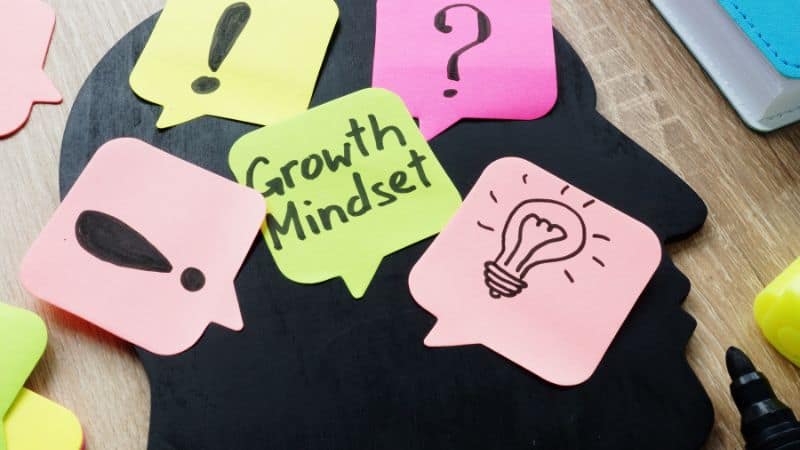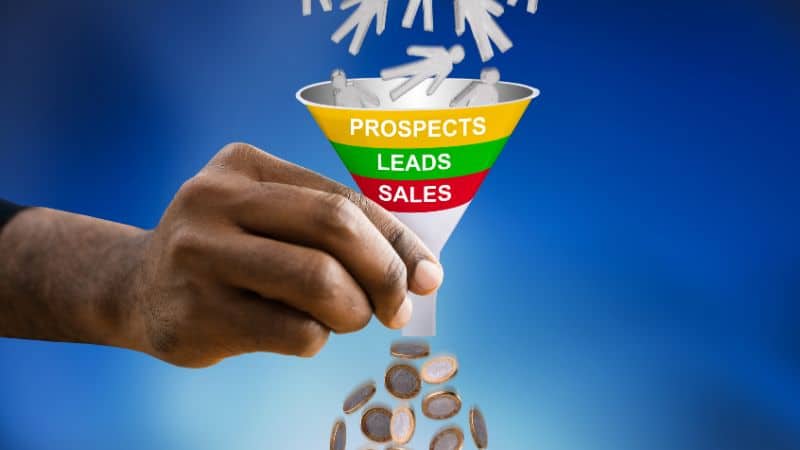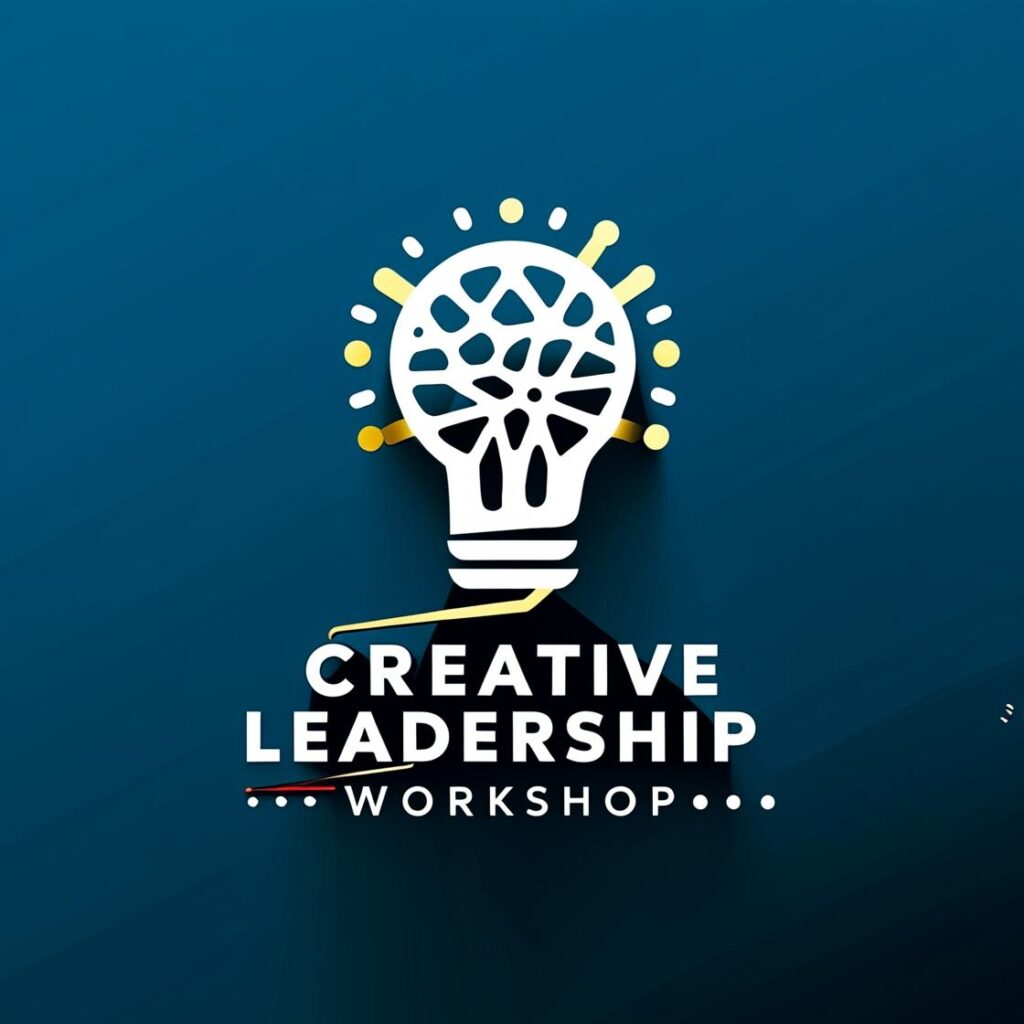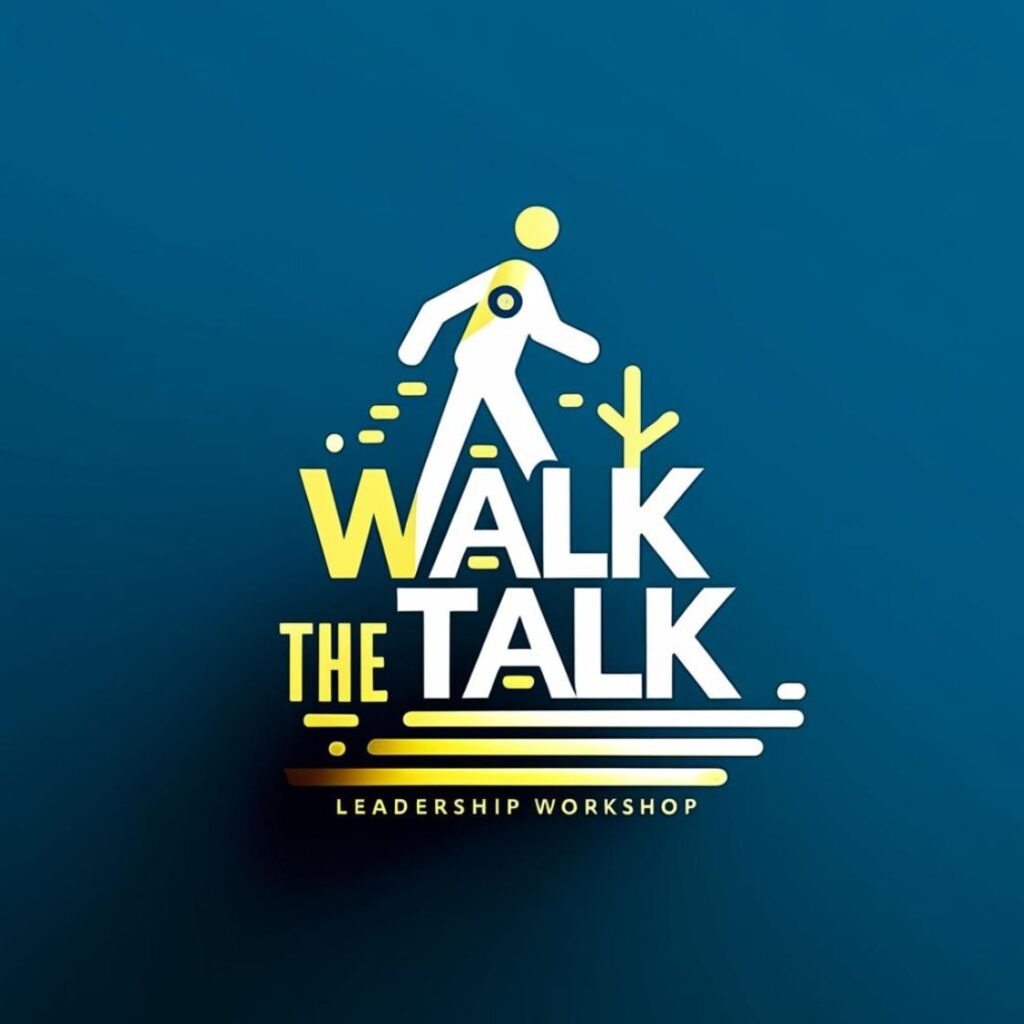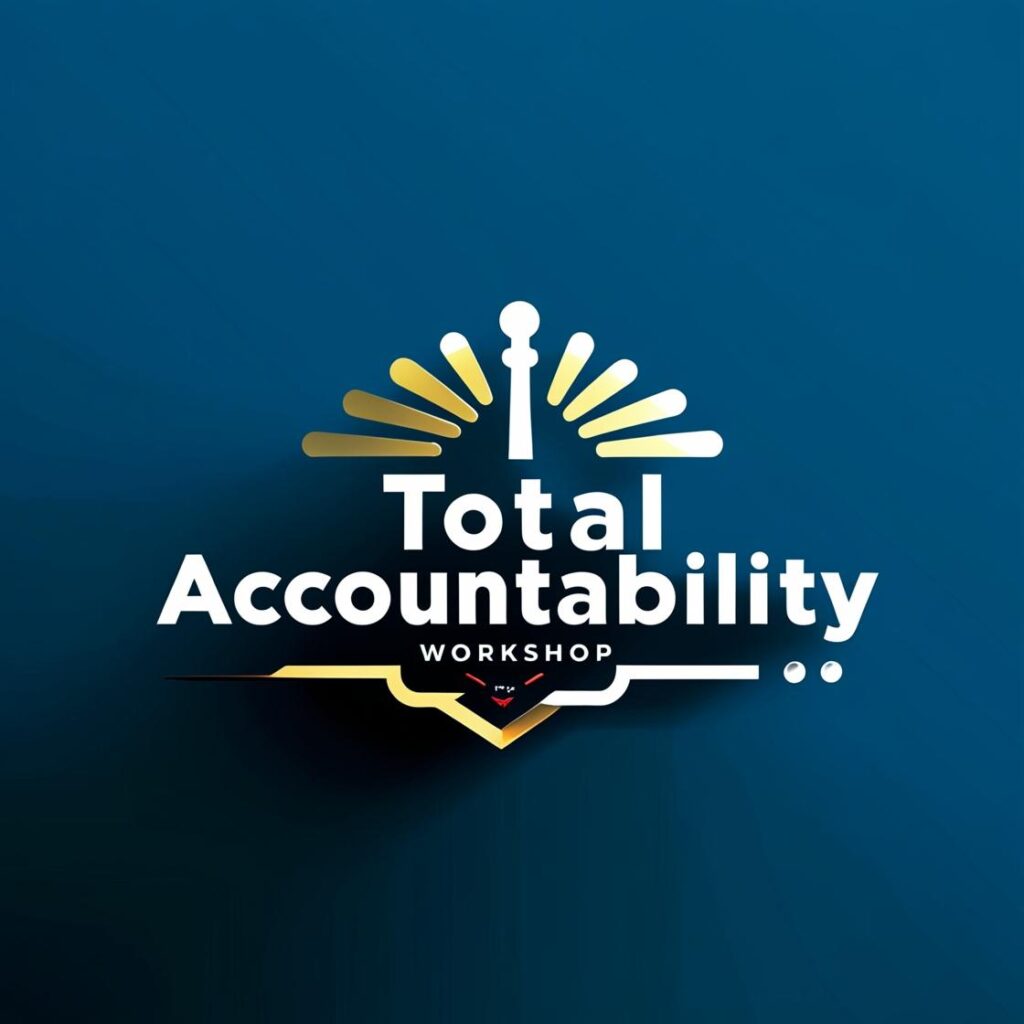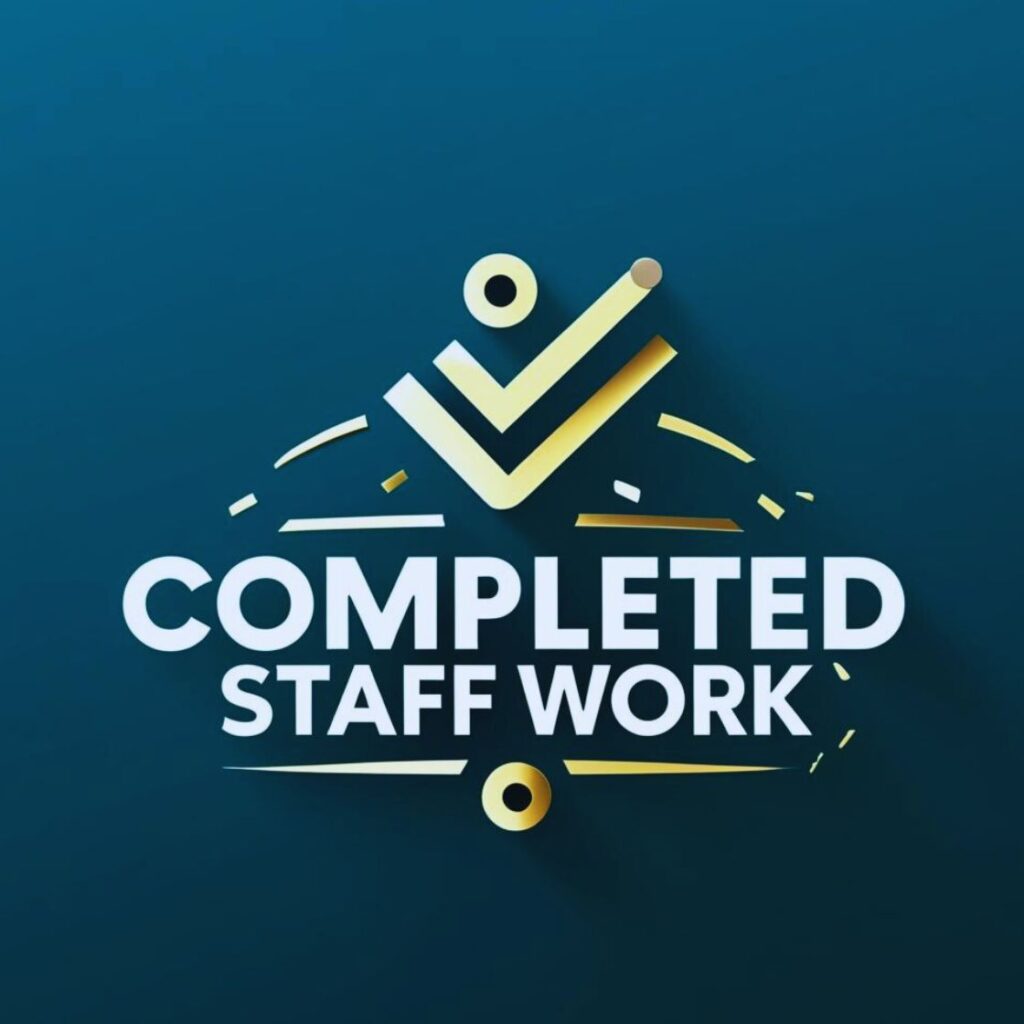What makes someone stand out in a busy office in Makati or a buzzing tech center in BGC? The answer? A strategic mindset.
In simple terms, having a strategic mindset means thinking ahead. It’s the difference between catching up and leading the way.
Think of it like this: you could be a team leader in a growing tech company. If you’re only focused on today’s tasks, you might miss seeing the bigger picture.
With a strategic mindset, you’d be celebrating today while planning the wins for tomorrow and the years ahead.
From the local sari-sari store owner who dreams of opening more branches, to the manager in a top BPO firm aiming to be globally recognized, a strategic mindset is the secret ingredient.
🚀 Ready to lead at the highest level? Our leadership programs build the skills, strategies, and confidence leaders need to excel. It’s time to stop guessing and start leading with intention.
What is a strategic mindset?
A strategic mindset is a way of thinking that focuses on long-term goals and planning. Leaders with this mindset anticipate future challenges and opportunities, make decisions that align with bigger goals, and adjust their plans as situations change, always keeping an eye on the endgame. It’s about seeing the bigger picture and navigating toward it, even when faced with unexpected twists and turns.
Imagine you’re playing chess. Each move isn’t just about the present moment, but several moves ahead.
A strategic mindset works in a similar way.
It’s not just about reacting to what’s happening now but planning and preparing for what could come next. It’s the special pair of glasses that helps you see further and clearer in your career journey.
The difference between tactical thinking and strategic thinking.
Picture this: You’re on a boat.
Tactical thinking is about making sure you row efficiently, not letting any water in, and keeping everyone onboard safe and sound.
Strategic thinking, on the other hand, is deciding which direction the boat should go to reach a destination faster or to find more beautiful places.
While both are important, strategic thinking is what sets the direction and purpose.
Real-world examples.
Let’s take a trip down memory lane and look at some familiar faces.
Remember when Jollibee took the brave leap to compete with global giants by opening stores in other countries?
That’s strategic thinking—seeing beyond the local and aiming for the global.
Or think about historical heroes like Lapu-Lapu. He didn’t just defend his land for the day; he thought about the future of his people, setting a strategy to keep them safe for generations to come. I am not sure if our kids today understand why fought Magellan and chose not to be a servant to the king he had no way of meeting or knowing.
These leaders, from fast-food moguls to age-old warriors, had one thing in common: a strategic mindset that let them dream big and act with purpose.
Note: After reading this guide on strategic mindset, you may explore other leadership skills. There are 27 more that can be useful to you. I have also written a piece on strategic skills for leaders.

Tips to Develop a Strategic Mindset on Your Own
Some folks seem to always be two steps ahead in the game. This isn’t some magical talent they were born with.
It’s a cultivated skill called a strategic mindset.
And the best news?
You can develop it too!
Let’s dive into some actionable tips that can set you on the path of becoming that forward-thinking leader in your workplace.
Remember, with a bit of effort and the right guidance, anyone can build this valuable skill.
Great leadership isn’t an event—it’s a habit. Get actionable leadership habits every Monday and Thursday.
1. Question Assumptions
Challenge your beliefs and learn to see possibilities.
Ever been in a meeting where everyone nods in agreement, only to realize months later that a different approach could’ve been better?
Never take everything at face value. Ask “why” and “what if.”
Let’s say a project’s progress is slower than expected. Instead of blindly following the original plan, consider other possibilities.
Could there be a faster, more efficient way? A workplace that encourages questions is one that’s primed for innovation and success.
2. Diversify Your Learning
Engage in cross-disciplinary studies.
Think of your knowledge as a tool belt. The more varied your tools, the better equipped you are for any challenge.
So, let’s say you’re in marketing. While it’s essential to know the latest ad strategies, understanding a bit of psychology can give insights into consumer behavior.
Or if you’re an IT manager, having a grasp of team dynamics can make collaborations smoother.
Diversifying your learning isn’t about becoming an expert in everything, but about having a well-rounded perspective that can inform better decisions.
3. Set Long-term Goals
Focus on your vision for the future, not just immediate needs.
Have you ever been so buried in daily tasks that you lost sight of the bigger picture?
It’s like being lost in a forest and only looking at the tree right in front of you.
Setting long-term goals helps you zoom out.
Let’s say you’re leading a sales team. Meeting this month’s target is crucial, but where do you see the team a year or even five years from now?
Setting a vision not only motivates but also provides a clear direction. This way, every task and decision aligns with a larger purpose.

4. Practice Scenario Planning
Envision multiple outcomes and solutions.
You know those days when the unexpected happens, and you’re left scrambling for a solution?
Scenario planning is like rehearsing for a play, but for your job.
For example, imagine you’re an event manager. What would you do if a main speaker cancels last minute?
Or if there’s a sudden downpour during an outdoor event?
By brainstorming and preparing for different scenarios, you can pivot with confidence when surprises pop up. This not only saves time but also positions you as a proactive leader.
5. Engage in Reflection
Regularly review past decisions and their outcomes.
Reflection might sound like something reserved for quiet moments in a quiet corner, but it’s a power tool in the professional world.
Think about a project that didn’t go as planned. Instead of brushing it under the rug, take a moment to ponder.
What went right?
What could have been done differently?
Let’s say you’re a project lead, and a campaign didn’t get the traction you hoped.
By assessing what worked and what didn’t, you’re setting the stage for more informed strategies in the future.
This cycle of action, reflection, and adaptation is a game-changer for continuous improvement.
6. Stay Curious
Cultivate a love for learning and discovery.
Remember the curiosity we had as kids, always eager to explore and understand the world?
Channel that energy into your professional life!
Say you’re in human resources, and you come across a new team-building activity. Dive in, research it, maybe even test it out.
This thirst for knowledge can introduce innovative methods and ideas into the workplace.
Being curious not only keeps work exciting but also ensures you’re always at the cutting edge of your field.
7. Limit Information Overload
Learn to filter relevant data and avoid paralysis by analysis.
We’re bombarded with so much information, it’s like trying to drink from a fire hose. More information doesn’t always lead to better decisions.
Imagine you’re an operations manager, and you receive a 100-page report on productivity metrics. Instead of getting overwhelmed, focus on the essentials.
What data directly impacts your goals?
Filtering out the noise ensures you don’t get bogged down by details and can act decisively.
Remember, sometimes less is more when it comes to processing information.
8. Adopt a Growth Mindset
Embrace failures as learning opportunities.
There’s a common misconception that failures are roadblocks. But what if they were signposts?
Picture yourself as a team lead working on a new product launch. If the product doesn’t catch on as expected, instead of seeing it as a setback, view it as feedback.
What can you learn?
How can it be improved?
Embracing a growth mindset means you’re not deterred by hurdles but inspired by them.
This resilience not only helps in personal development but also fosters a positive and innovative work environment.
9. Stay Updated
Keep abreast of trends and changes in your industry.
The world is evolving rapidly, and so should you!
Whether it’s the latest tech in BPO operations or a trending management style, staying updated ensures you remain relevant and effective.
Let’s say you’re in digital marketing. Knowing the newest social media algorithms or advertising platforms can give you an edge over competitors.
Regularly attending workshops, webinars, or even just following industry news can be the difference between leading the pack and trying to catch up.
10. Practice Mindfulness
Enhance focus and clarity through techniques like meditation.
It’s easy to get lost in the chaos. But what if you had a secret weapon to maintain calmness and clarity?
Mindfulness is that weapon.
Consider a scenario where you’re a finance manager faced with balancing multiple budgets simultaneously. By practicing mindfulness techniques, you can manage stress, reduce errors, and approach challenges with a clear head.
It doesn’t mean you need an hour of meditation; sometimes, just a few moments of focused breathing can reset and refocus your mind.
11. Build Diverse Networks
Connect with professionals outside your immediate circle.
Ever heard the phrase “Two heads are better than one”?
Now, imagine multiple heads from varied backgrounds and expertise!
If you’re an entrepreneur looking to scale your business, connecting with professionals from different sectors can provide fresh insights.
Maybe an idea from the health sector can revolutionize your tech startup.
Building diverse networks can expose you to different perspectives, pushing you to think out of the box and fostering strategic innovations.
12. Foster Adaptability
Be open to change and flexible in your approaches.
The only constant in life is change, and this is especially true in the professional world.
Imagine being a logistics coordinator and facing a sudden supply chain disruption. Rather than rigidly sticking to plans, being adaptable would mean quickly finding alternative solutions.
In cultivating a strategic mindset, flexibility ensures you can navigate unexpected turns, pivot when needed, and always stay ahead of the curve.

Learn a Strategic Mindset from Others
Sometimes, the best way to develop a strategic mindset isn’t just by looking inward, but by looking around.
The people we work with, the mentors we look up to, and the networks we belong to can all offer valuable lessons in strategic thinking.
Let’s explore how you can harness the wisdom of others to enrich your own strategic capabilities.
13. Mentorship
Find someone who excels in strategic thinking and learn from them.
Having a mentor is like having a personalized roadmap to success.
Think about it – who better to guide you than someone who’s walked the path and tackled the challenges you’re facing now?
Imagine you’re a young executive in the fast-paced world of e-commerce. While you’re adept at handling daily operations, you aspire to contribute to the company’s long-term vision.
Enter your mentor: a senior executive with years of strategic planning under their belt. Through regular sessions, you discuss case studies, dissect past decisions, and analyze current market trends.
Over time, you don’t just learn the “how” of strategy, but the “why” behind each decision, preparing you for bigger roles in the future.
14. Networking
Engage with thought leaders and visionaries outside your immediate circle.
Networking isn’t just about collecting business cards; it’s about building bridges to diverse knowledge pools.
Each connection offers a fresh perspective, a different approach, a new solution you hadn’t thought of.
Let’s say you’re an architect in Manila. By attending industry conferences, you have the chance to interact with international peers. Over a casual coffee break, you discuss Manila’s housing challenges and learn how similar challenges were addressed in Tokyo.
This new perspective could spark innovative housing solutions, blending international knowledge with local expertise. Thus, by actively networking, you not only expand your professional connections but also your strategic horizons.
15. Collaborative Projects
Work on team projects that require strategic planning.
There’s a unique magic that happens when diverse minds come together.
Collaborative projects, especially those requiring strategic foresight, can be a goldmine for learning.
Imagine you’re a brand manager for a popular soft drink company in Cebu. The company decides to tap into the health-conscious market with a new product line. You’re teamed up with professionals from R&D, marketing, finance, and distribution.
As discussions flow, you witness firsthand the strategic thought processes of each department. The R&D team thinks about ingredient sourcing and sustainability, marketing contemplates branding and positioning, while finance projects potential ROI.
Immersed in such a setting, you not only contribute but also absorb varied strategic approaches, refining your holistic thinking.
16. Attend Workshops and Seminars
Join sessions that focus on strategy and future planning.
The world of business is dynamic, and staying updated is the key to staying relevant.
Workshops and seminars offer condensed knowledge, often from industry experts who have a pulse on the latest trends and shifts.
Consider a scenario where you’re an IT manager in Davao’s growing tech sector.
You hear about a seminar on “The Future of AI in Business Strategy.”
By attending, you gain insights into how AI is reshaping strategic decision-making globally.
Armed with this knowledge, you return to your company and propose data-driven strategies, positioning your organization at the forefront of technological integration.

Develop a Strategic Mindset from the Job
While external resources and mentors are invaluable, sometimes the best classroom is your own workplace.
Every task, meeting, and challenge faced on the job can be a lesson in strategic thinking if approached the right way.
Let’s explore how you can leverage your everyday job roles to cultivate a strategic mindset.
17. Hands-on Experience
Taking on challenging projects to hone strategic thinking.
I believe that practice makes progress, especially when it comes to strategic thinking.
Every challenging task you undertake pushes your cognitive boundaries and trains your mind to think differently.
Imagine you’re a store manager in Makati.
Your sales have been plateauing, and you’re tasked with turning the numbers around. To do this, you initiate a new marketing campaign, collaborate with local influencers, and retrain your staff for better customer interactions.
As you monitor the results and adjust strategies, you’re not just improving sales—you’re sharpening your strategic mindset, learning how various changes impact the bigger picture.
18. Engage in Strategy Meetings
Participate or observe high-level planning sessions.
Being part of strategy meetings—or even just being a fly on the wall—can offer a treasure trove of insights.
Observing how leaders think, plan, and make decisions can significantly influence your strategic approach.
Let’s say you’re a junior software developer in a growing Quezon City tech firm.
You’re given a chance to sit in on a strategy meeting where the company’s expansion plans are discussed.
Listening to discussions about market analysis, product evolution, and potential partnerships, you start to see how each department’s strategy aligns with the company’s overarching vision.
Such exposure not only aids your understanding of the company’s direction but also deepens your appreciation for strategic alignment.
19. Feedback Collection
Actively seek feedback after decision-making to understand the bigger picture.
Feedback isn’t just about affirmation or correction; it’s a powerful tool to refine your strategic thinking.
When you make decisions, understanding their ripple effects helps in comprehending the broader implications.
For instance, imagine you’re an HR manager in Baguio.
You’ve implemented a new hiring strategy to attract more skilled professionals.
After a quarter, rather than just relying on hiring metrics, you actively seek feedback from department heads, new hires, and even candidates who declined offers. Through their insights, you comprehend how your strategy impacted team dynamics, company culture, and even brand perception.
This iterative feedback loop not only helps tweak your current strategy but also enhances your strategic foresight for future endeavors.
20. Risk-taking
Embrace opportunities that push you out of your comfort zone.
Every risk taken is a potential lesson in strategic thinking. Pushing boundaries and trying unconventional approaches can offer deep insights, even if they lead to failures.
Consider you’re a tourism director in Palawan. With international tourism dipping, you decide to take a risk by focusing on promoting local tourism through unique experiences tailored for Filipinos.
This pivot isn’t just about short-term gains but is a strategic move understanding the changing travel dynamics and local market potential.
Whether this gamble pays off or offers lessons for refinement, it undoubtedly broadens your strategic perspective, teaching you the value of adaptability in strategy.
As you and I delve into these insights, it becomes evident that the workplace isn’t just a space for executing tasks.
It’s a vibrant learning hub, teeming with opportunities to develop a strategic mindset.
Actively seek out these opportunities and learn from both successes and setbacks, so you can boost your strategic mindset.
Ready to explore more facets of strategic thinking?
I will teach you how to create a personal development plan.

Create a Personal Development Plan
Cultivating a strategic mindset is commendable, but how do you keep track and ensure consistent growth?
Enter: Personal Development Plan.
Think of it as your personal roadmap that guides and tracks your progress as you nurture your strategic thinking.
To make this more relatable, let’s follow “Lena,” a passionate and aspiring marketing executive from Manila, as she crafts her development plan.
Assessment
Evaluate your current strategic thinking abilities.
Before diving in, Lena knows it’s crucial to understand her starting point.
She takes an online strategic thinking assessment test and also reaches out to her supervisor for feedback on her current abilities.
With a clear understanding of her strengths and areas of improvement, she can now tailor her development plan effectively.
Imagine the insights Lena gets when she realizes she’s excellent at long-term vision but struggles with analyzing short-term data.
Recognizing this gap, she can better channel her learning efforts.
Set Clear Objectives
What aspects of strategic thinking do you wish to improve?
With her assessment in hand, Lena lists down specific objectives.
For example, she wants to get better at data-driven decision-making and also improve her skills in predicting market trends.
Being in the bustling world of Manila’s advertising, she sees the importance of staying ahead and making data-driven decisions.
Setting clear objectives like “Attend a data analytics workshop” or “Spend 30 minutes daily reading about market trends” gives her a tangible action plan.
Resource Allocation
Identify books, courses, and mentors that can help.
Armed with her objectives, Lena begins to allocate resources. She borrows a book on data analytics from a colleague, signs up for an online course on market trend predictions, and reaches out to a senior executive known for his strategic prowess, hoping for mentorship.
Consider the richness of Lena’s learning journey as she dives into the book, engages in course discussions, and sits down for coffee chats with her mentor, discussing real-world strategic scenarios in the Philippine market.
Regular Review
Set checkpoints to assess progress.
As weeks turn into months, Lena knows the importance of not just setting it and forgetting it.
She pencils in monthly review sessions on her calendar, where she evaluates her progress against the objectives she set.
At her workplace in Manila’s central business district, Lena implements her newfound knowledge in data-driven decision-making during team meetings.
After each major campaign, she reflects on her decisions, comparing them to previous ones.
Was she more data-driven this time?
Did her prediction on market trends align with the outcomes?
Her monthly reviews aren’t just about self-assessment. Lena also gathers feedback from her colleagues and mentor.
It’s during one of these sessions that a coworker suggests a local seminar on digital trends in advertising. Lena immediately spots this as an opportunity to further hone her predictive abilities.
Iterate
Modify the plan based on feedback and learning.
Lena understands that a personal development plan is not set in stone. It’s a living document that evolves with her growth and learnings.
After her fourth review, she realizes that while she’s made significant strides in data analytics, her understanding of macro market trends needs more work.
Taking this feedback to heart, Lena decides to modify her plan. She dedicates more time to market research and even joins a local business group that frequently hosts talks on market dynamics in the Asia-Pacific region.
Imagine Lena’s growth as she not only adapts her learning avenues but also gets exposure to diverse viewpoints at these business group meetings, further enhancing her strategic thinking.
Lena’s journey in crafting and executing her personal development plan serves as a guide for us.
Through her diligent planning, regular reviews, and adaptability, she exemplifies the journey of strategic growth.
Her story is a testament to the fact that with intentionality and dedication, one can indeed cultivate a robust strategic mindset.
Ready to take inspiration from Lena and set forth on your own strategic journey?

Conclusion
A strategic mindset isn’t just a buzzword – it’s a lifeline. It empowers us to see beyond the immediate, charting paths that pave the way for impactful leadership and personal advancement.
From our historical icons to contemporary leaders, it’s evident that those who think strategically not only succeed but leave indelible marks in their fields.
The journey of fostering a strategic mindset is both an adventure and an investment.
It’s an adventure because it’s filled with learning, unlearning, and constant growth.
It’s an investment because the dividends – in the form of better decision-making, foresight, and leadership prowess – are invaluable.
As we’ve seen through Lena’s story, the roadmap is clear, and the tools are at our disposal.
Whether it’s self-driven learning, seeking insights from others, or diving deep into workplace experiences, the avenues are numerous.
So, what’s stopping you?
Begin today, chart your course, and embark on the exciting voyage of cultivating a strategic mindset. After all, the future belongs to those who prepare for it today.
Here’s to your strategic journey ahead!
